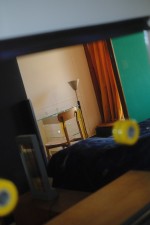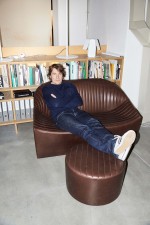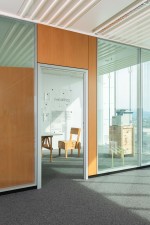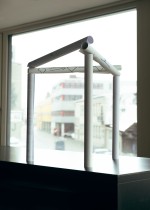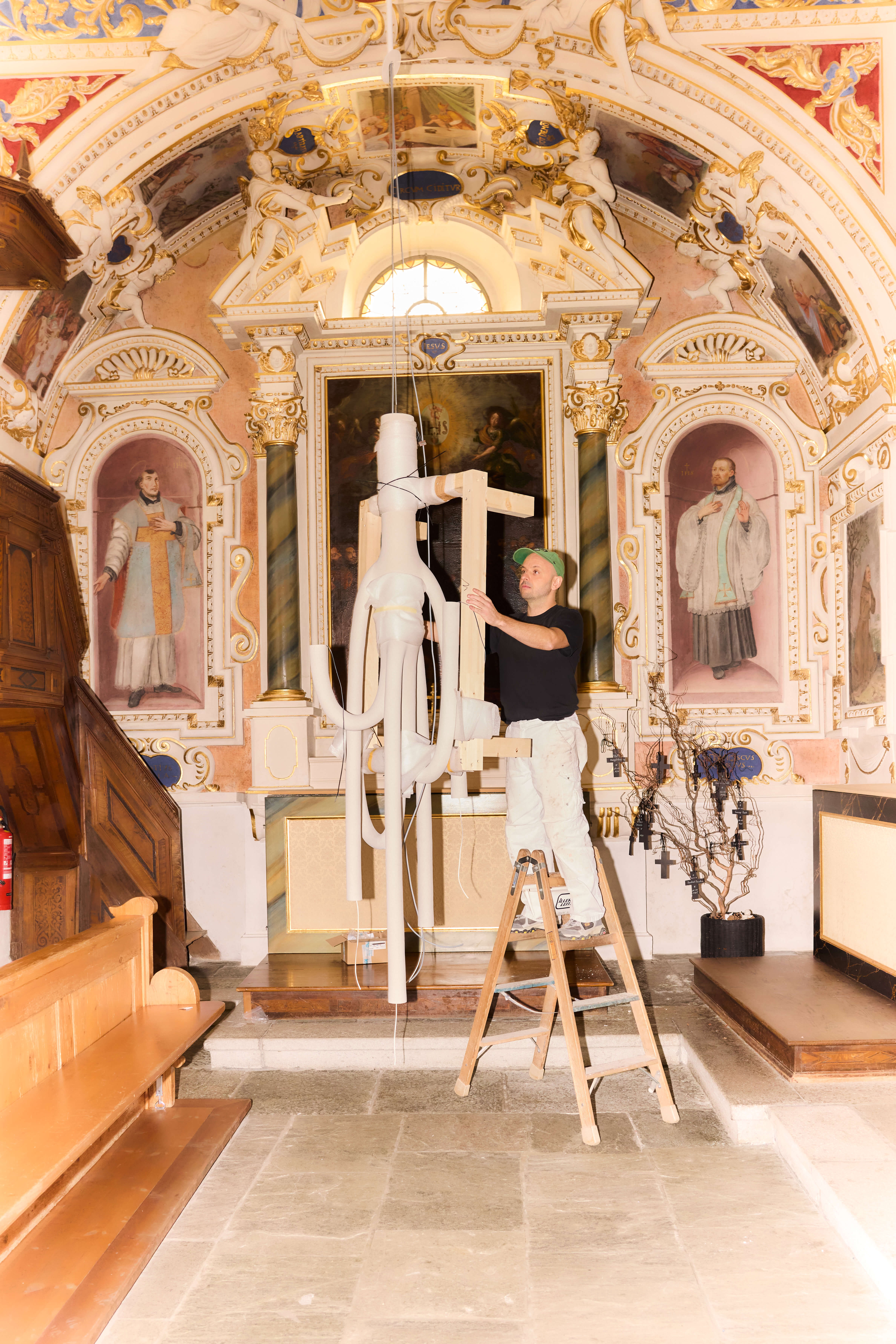Gabriel Hafner
Stubbornly made
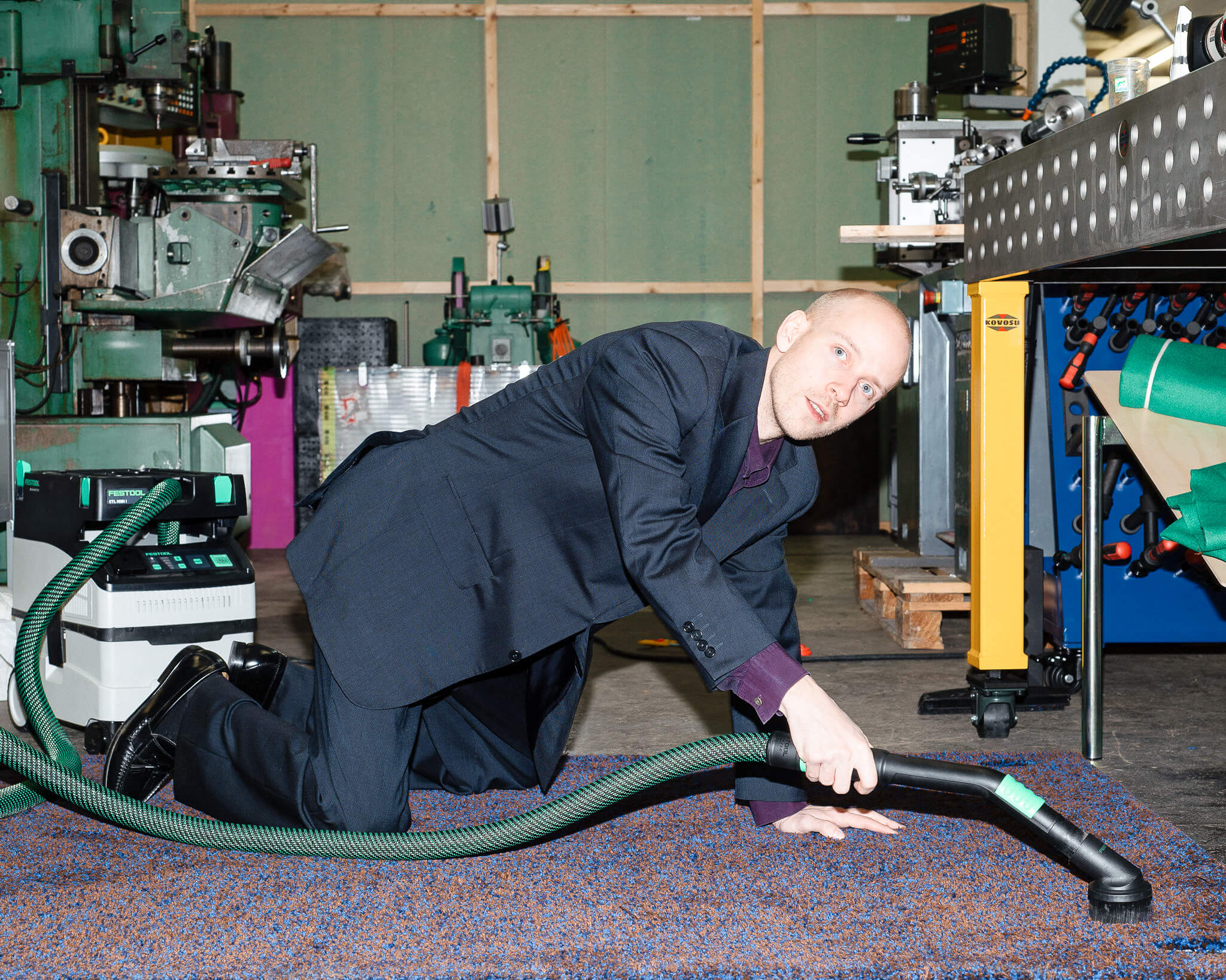
To ask what is function? is to ask how objects conspire with human ritual. A chair is not merely a chair: it is a prophecy. A carpet is not just fiber—it is a silent negotiator of identity, a stage for bodies and histories. Gabriel Hafner, a Swiss artist now based in Paris, orbits this truth: that function is narrative, a story encoded in form. Born in Biel, a city straddling linguistic and cultural fault lines, his work interrogates the social architectures embedded in everyday artifacts. Here, design is not a solution but a provocation, peeling back layers of materiality to expose the tensions between identity and collective behavior.
Take his carpets (click to buy). Woven first to pay rent, they began as functional grids—objects to stand on, to sell. But Hafner soon saw their “Magical Circle” expand. A carpet, he realized, is both floor and flag: it anchors bodies while broadcasting belonging. By 2023, outsourcing their production did not dilute their story; it amplified it. These textiles, now circulating as coded invitations, mutate from personal craft to collective currency. They ask: What rituals might unfold here? Such is Hafner’s fascination with mass-produced goods—their paradoxes of nostalgia and progress, economy and emotion. A carpet, like a factory-made chair, becomes a relic of human desire, its threads binding individuality to mass culture.
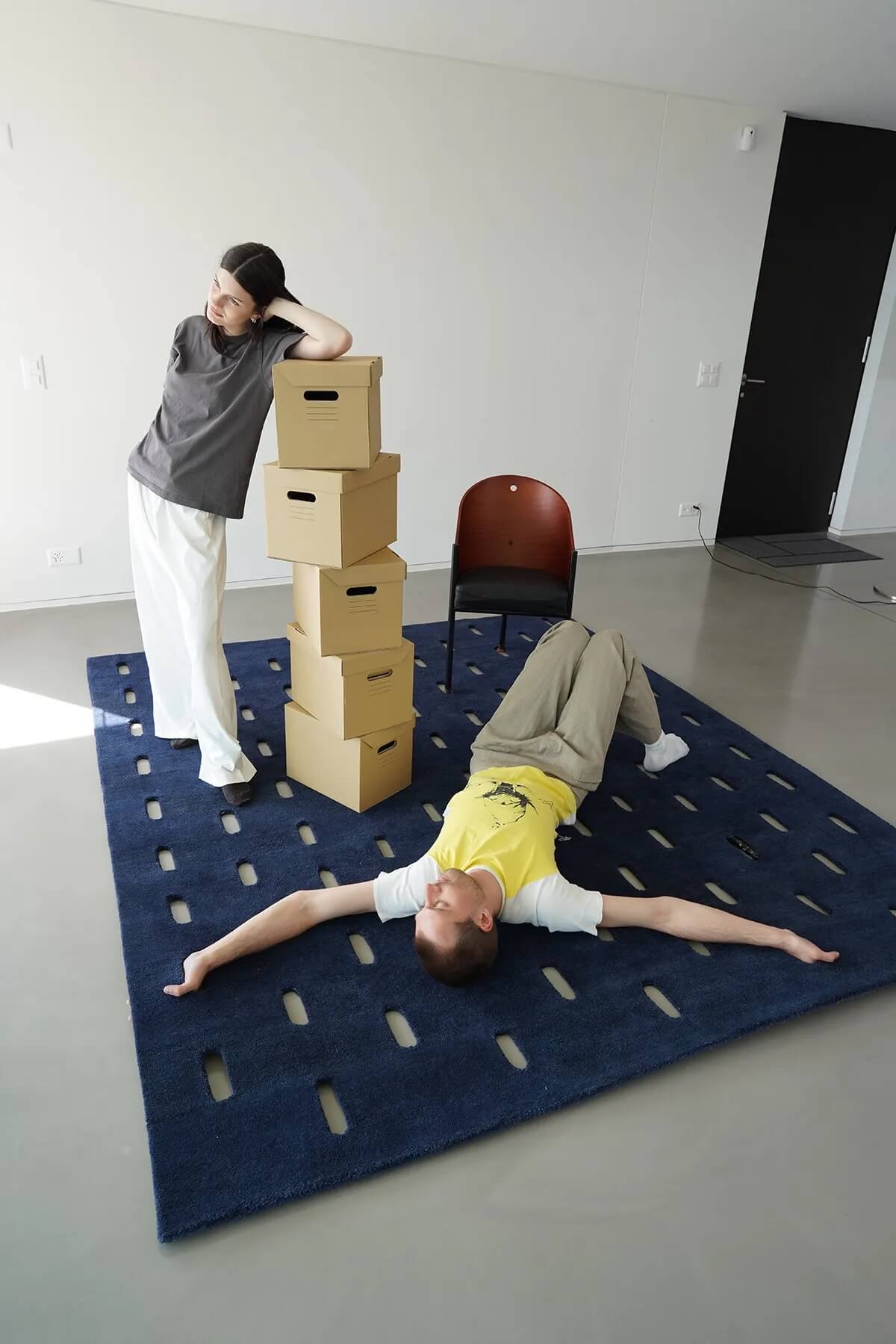
Then there is the chair-that-was-not-a-chair. Conceived in his parents’ living room as a spatial provocation, its rigid form initially claimed territory like a “cage in search of a bird.” Yet its “Magical Circle” refused stasis. The chair’s true function emerged not in solitude, but in congregation—a site where bodies gather, facing not walls but each other. Authority dissolved; integration bloomed. Hafner’s own stubbornness softened here, mirroring the object’s arc: from imposition to dialogue. This tension—between control and chaos—echoes his broader interrogation of how objects shape perception. Trained initially in business, then self-taught in art, he navigates disciplines like a cartographer of contradictions, mapping the unspoken rules of the man-made world.

Even his inflatable castle, plucked from Alibaba’s digital scroll and resurrected in Locarno, plays with function’s slippery grammar. A motion detector deflates it as viewers approach, turning grandeur into a punchline. The castle’s “Magical Circle” collapses, yet its story persists: a parable of ephemeral control, of how objects outlive their makers’ intentions. It is function as farce, yet no less meaningful—a nod to the symbolic weight of the mundane, deconstructed to reveal its grip on human behavior.
Hafner’s studio—a Parisian nexus of sawdust and speculative thought—is a laboratory for such narratives. Here, hands shape wood and thread not to dictate lives, but to propose encounters. To design, for him, is to plant seeds of potential: a carpet that whispers stay, a chair that commands gather, a castle that laughs try harder. These are not arrogant assertions of utility, but open-ended questions.
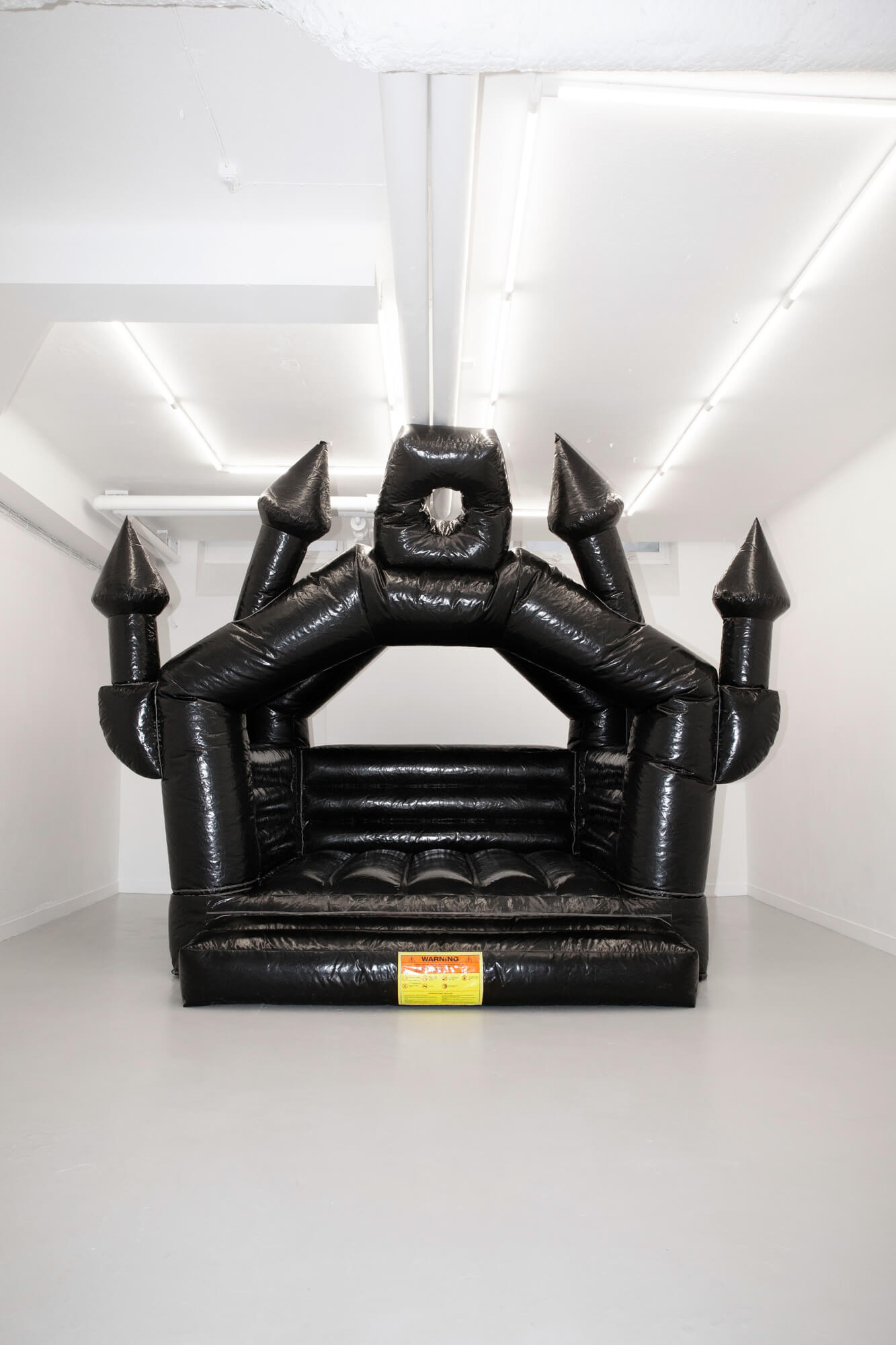
Consider Gear7, a seven-day sprint of collaborative alchemy with Quang Vinh Nguyen and Alex Sinh Nguyen. Here, motorbike parts—pistons, gears, mirrors—shed their mechanical lexicon to prophesize new domestic rites. Seats become thrones for living rooms, lamps glow like traffic signals suspended in midair, handlebars twist into vanity mirrors. The collection, born from Vietnam’s motorbike culture, reinvents function as a cultural syntax. These objects are not mere furniture; they are time capsules of motion, their “Magical Circles” now charged with the ghosts of highways and markets. What was once velocity becomes intimacy. The race? A metaphor: seven days to dismantle and rebuild the stories we attach to metal and rubber.
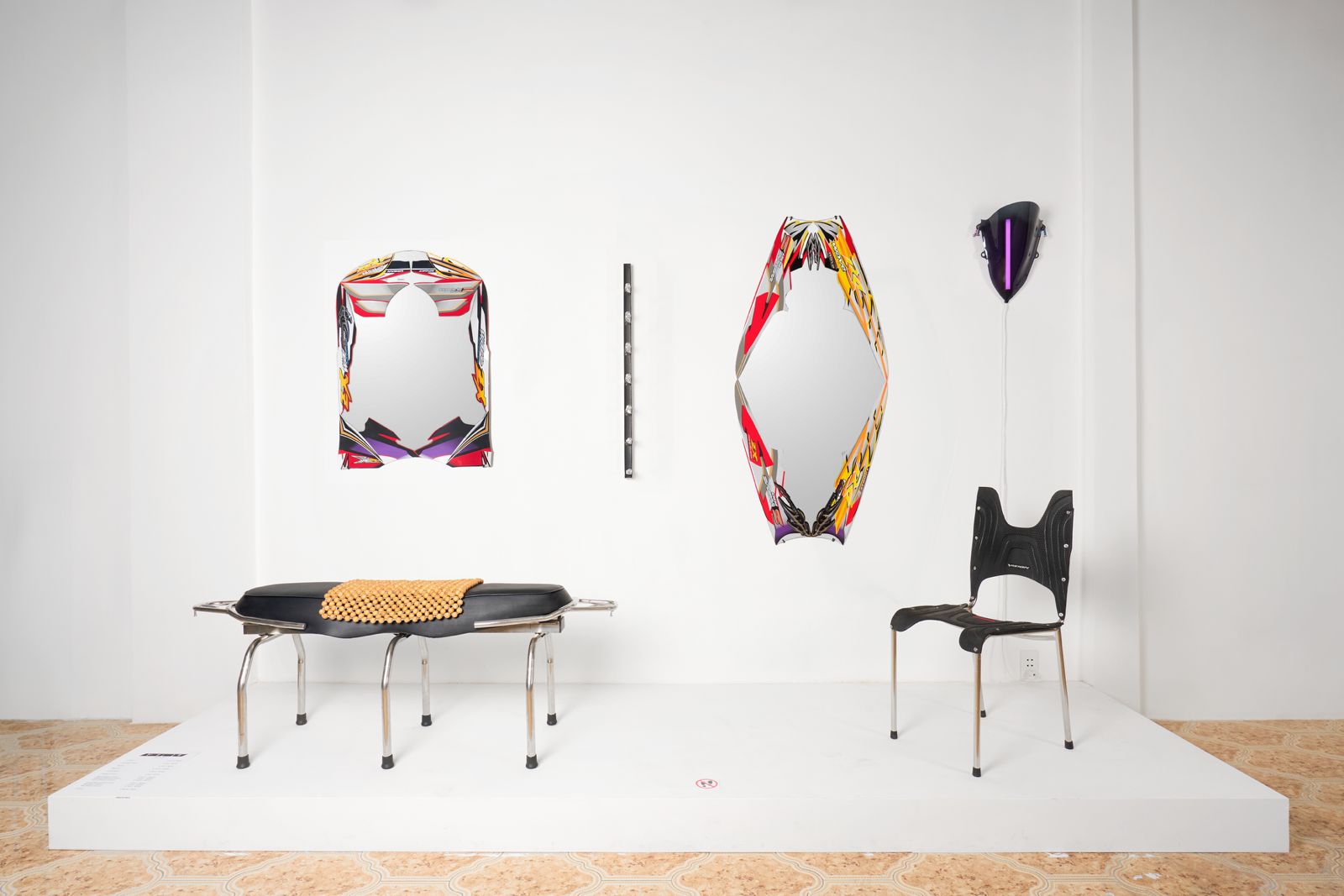
What stories do objects prophesize? Every stitch, every weld, every inflated facade, every repurposed gear is a sentence in a dialogue we’re all composing—one gesture, one ritual, one deflated castle at a time. To engage with Hafner’s world is to recognize that design is not a destination, but a grammar. And grammar, like function, is never neutral—it is the architecture of how we see, and ultimately, who we become.
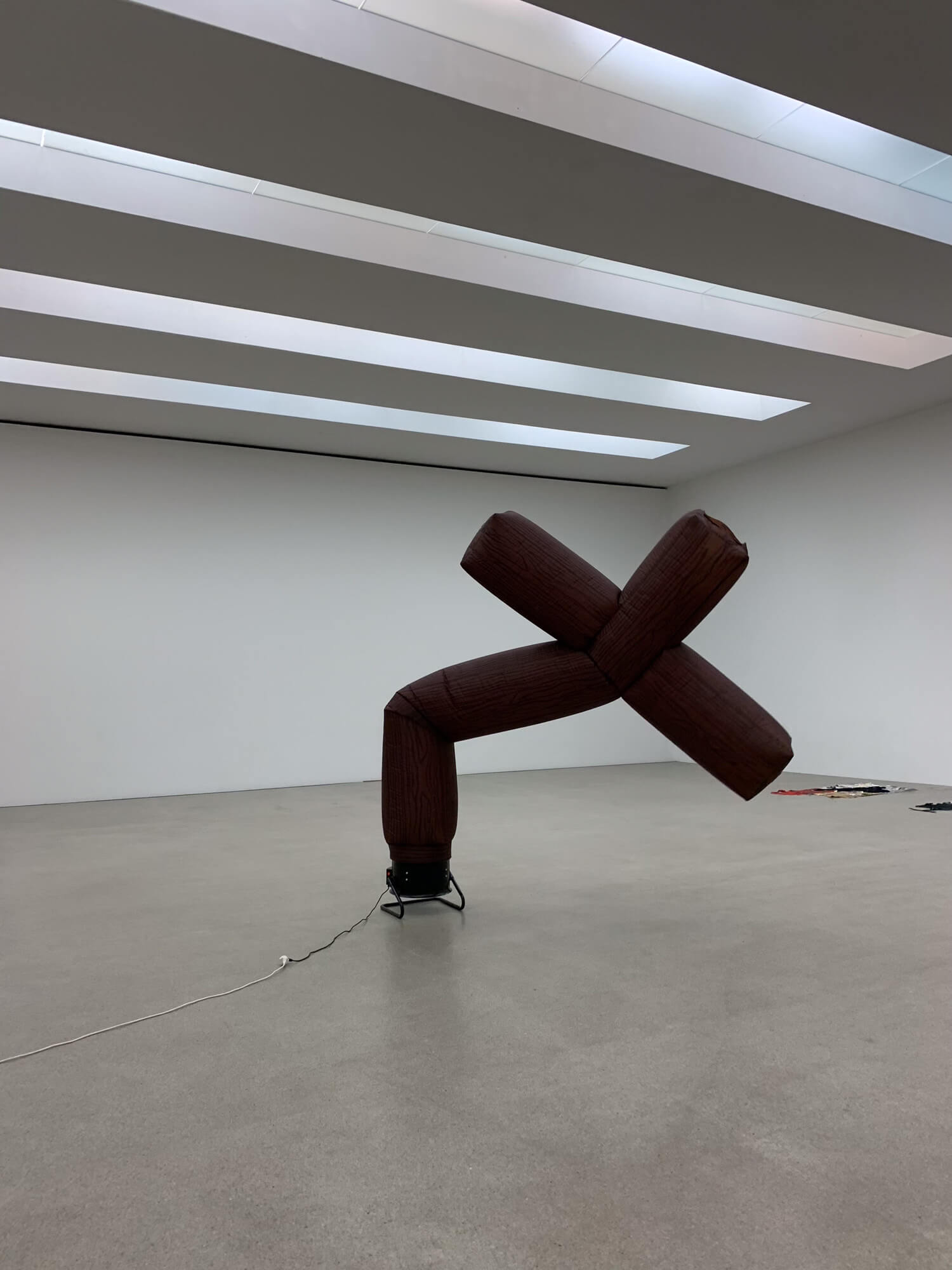
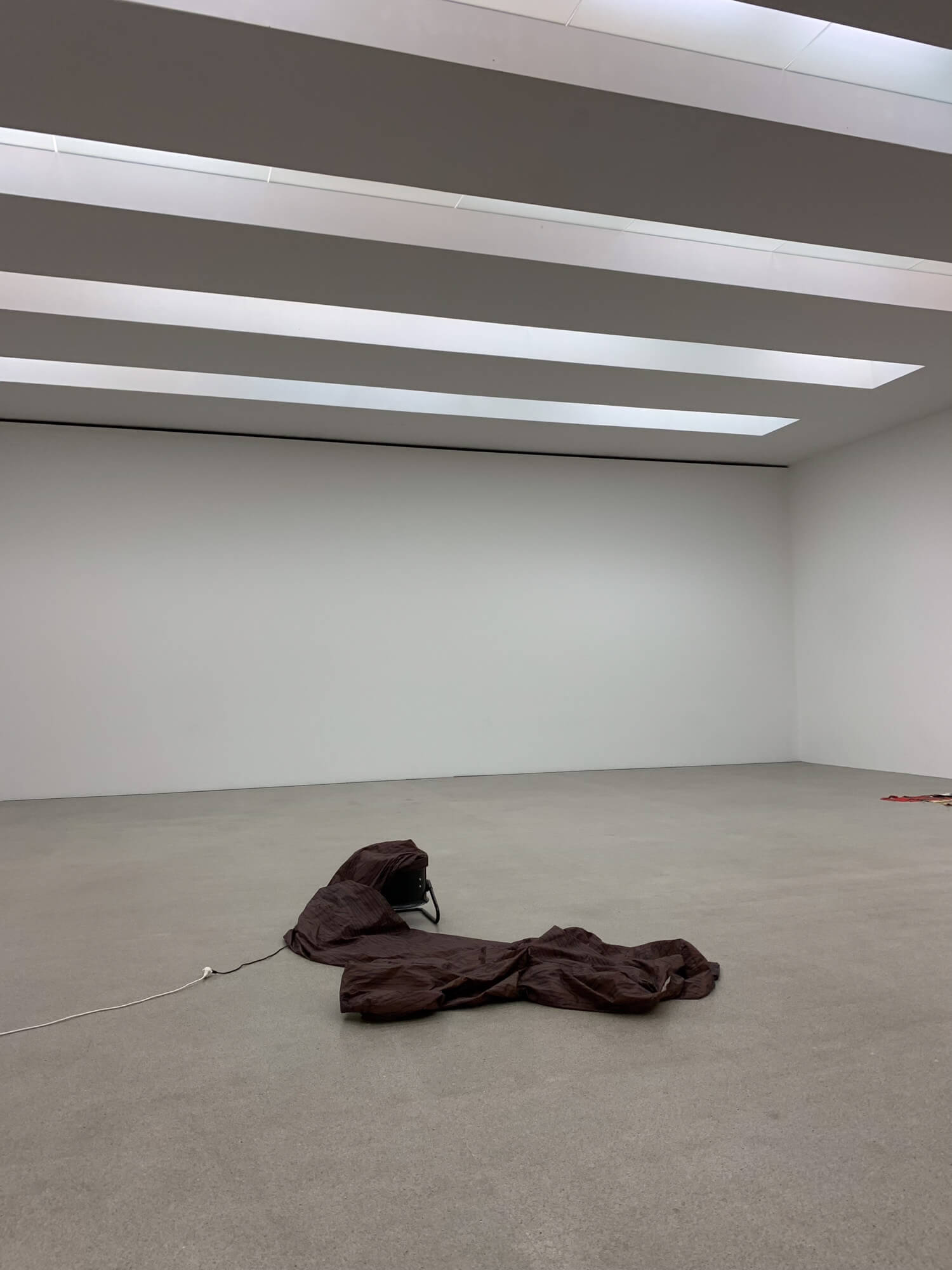
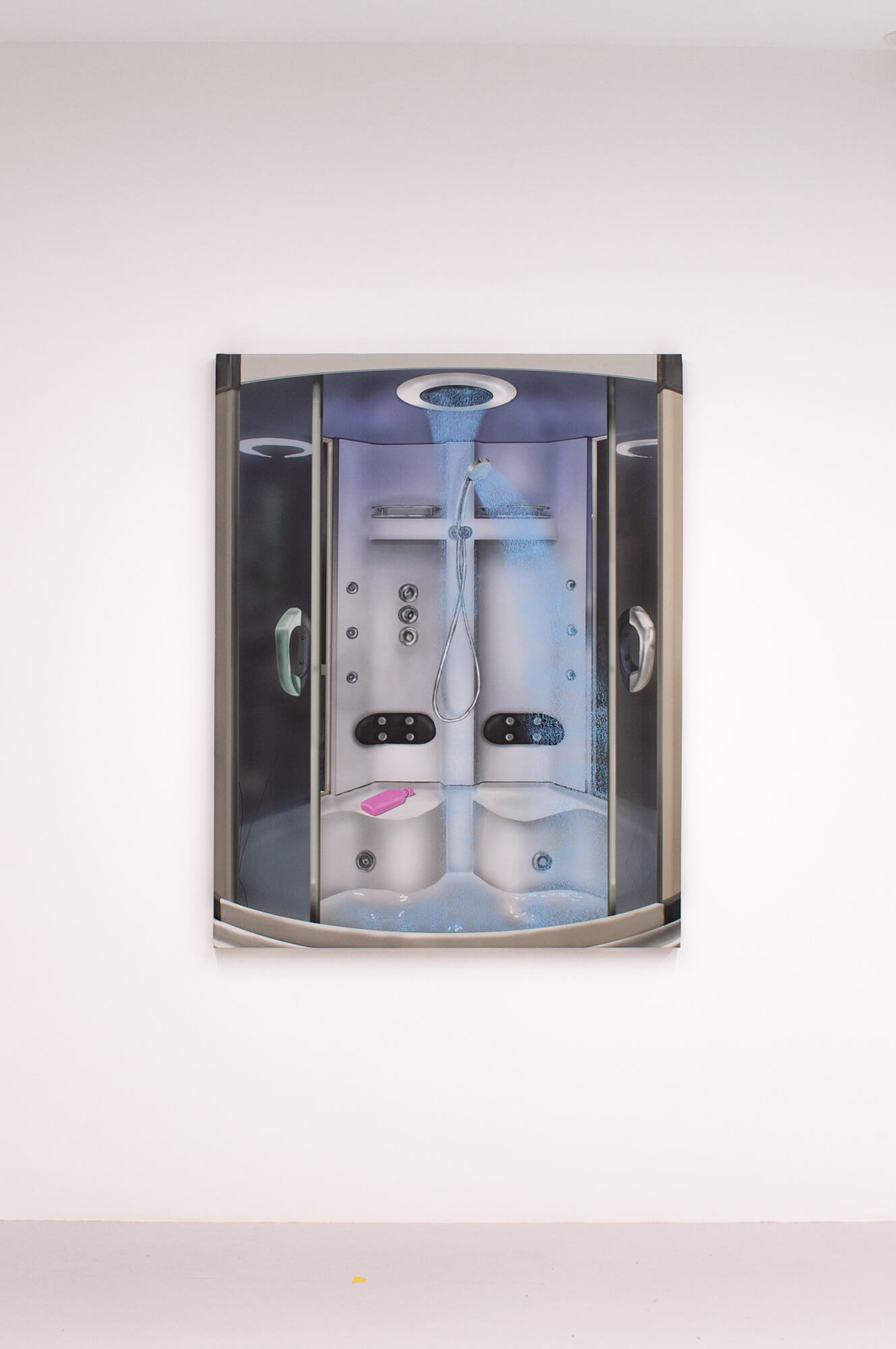
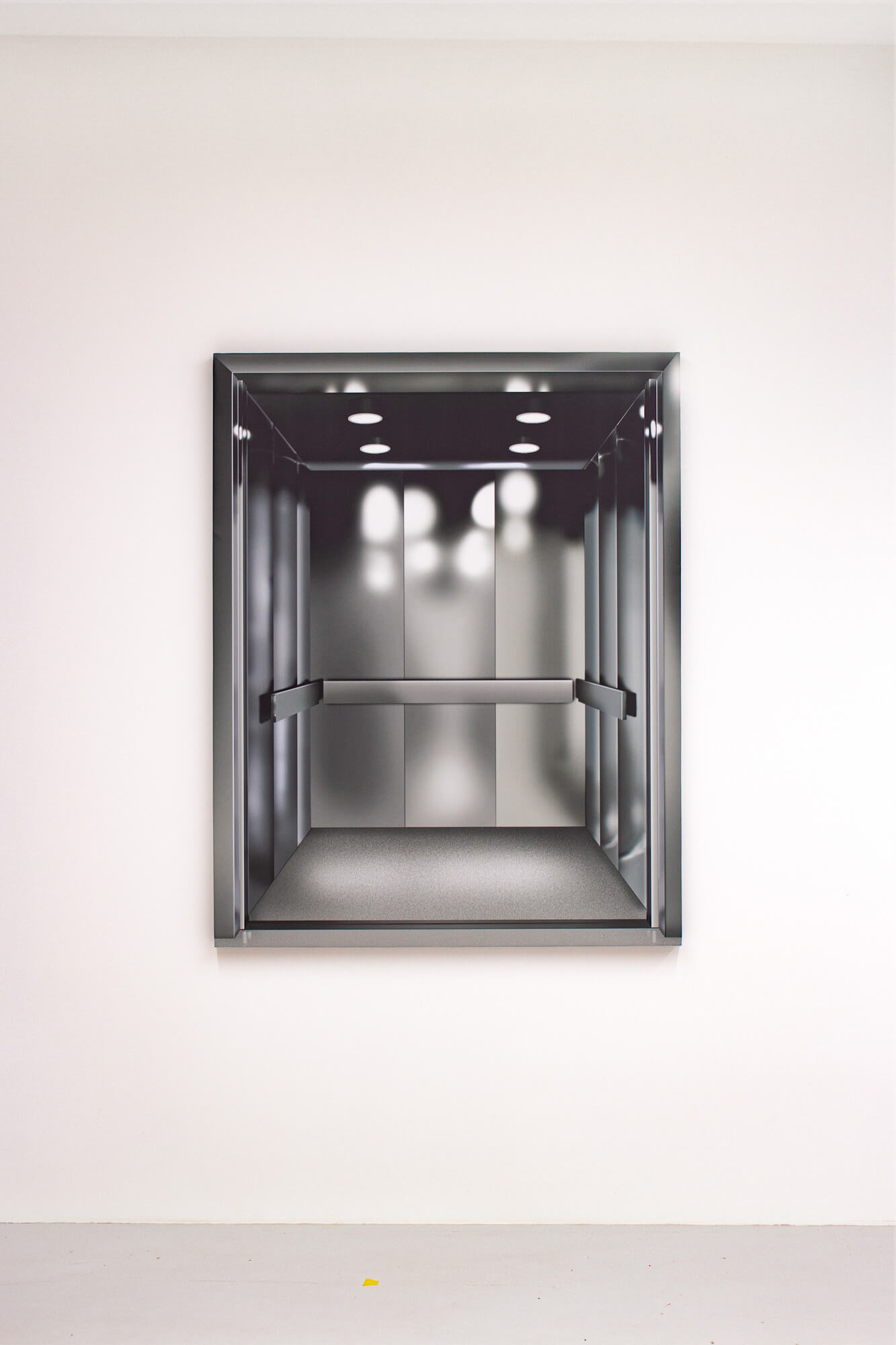
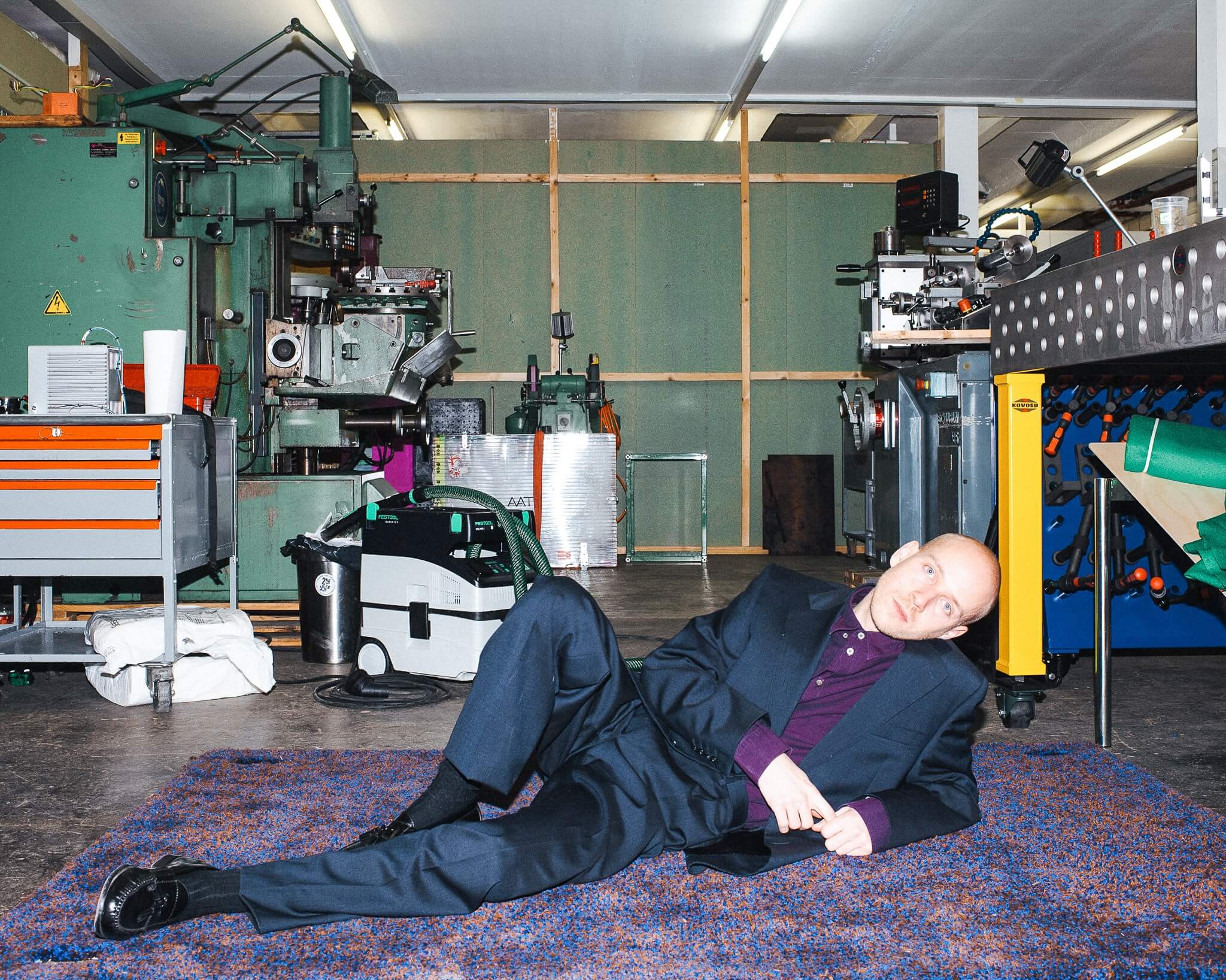
Gabriel Hafner is a Swiss artist of French and German background, currently based in Paris. His work explores the relationship between objects and the social structures they reflect. Through installations and painting, he examines the narratives embedded in everyday artifacts, revealing the tensions between materiality, identity, and collective behavior.
His work has been exhibited at Amaze Gallery (Stockholm, SE), Kunsthaus Biel Centre d’Art Bienne (CH), Vitra Design Museum Gallery (DE), and Kunsthaus Interlaken (CH). In addition, he has presented his work in various Swiss subregional art spaces, including Espace TOPIC (Geneva), La Placette (Lausanne), Grappaa.social (Renens), and Zweizimmer (Zurich). His work is part of the French national art collection FNAC/CNAP (Fonds National d’Art Contemporain).
Words and prompts by Sebastian Vargas, Photography by Justine Stella Knuchel, 6rytsiv and Gabriel Hafner. All works, unless otherwise noted, are © https://www.hafnerbuero.ch/
